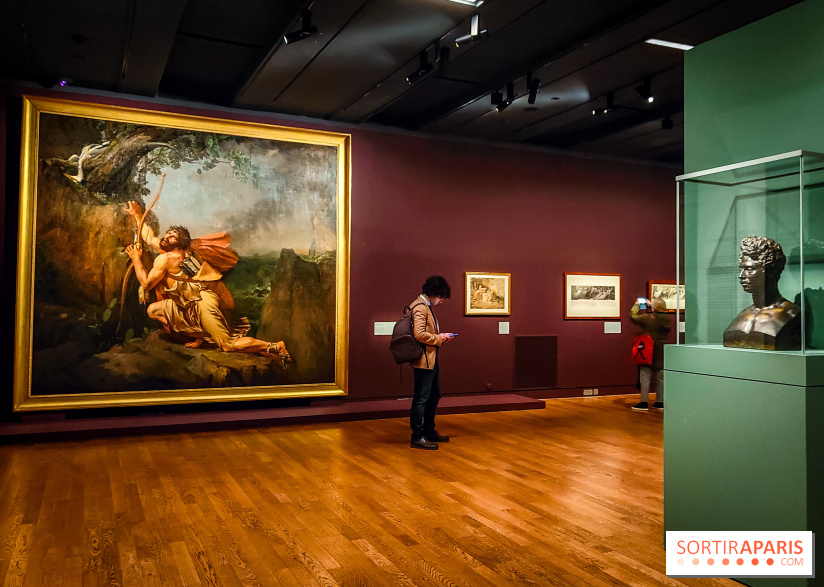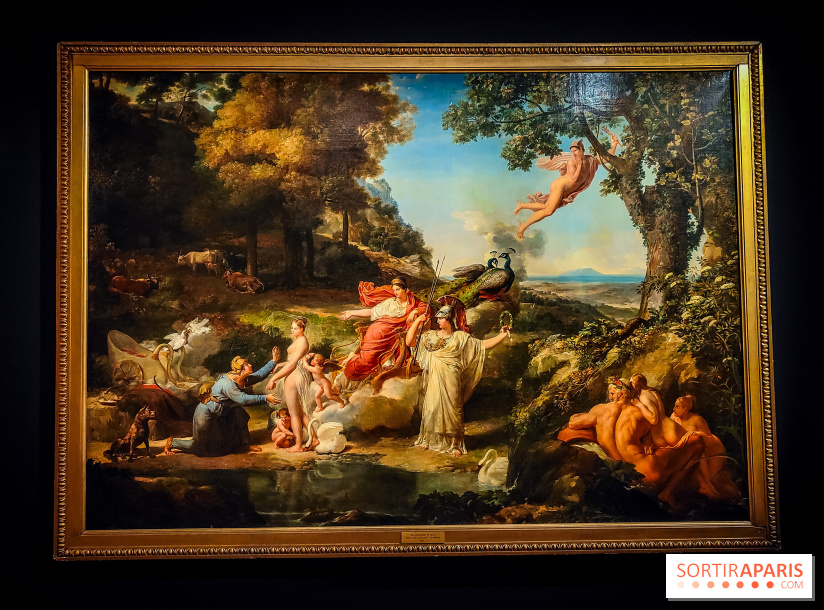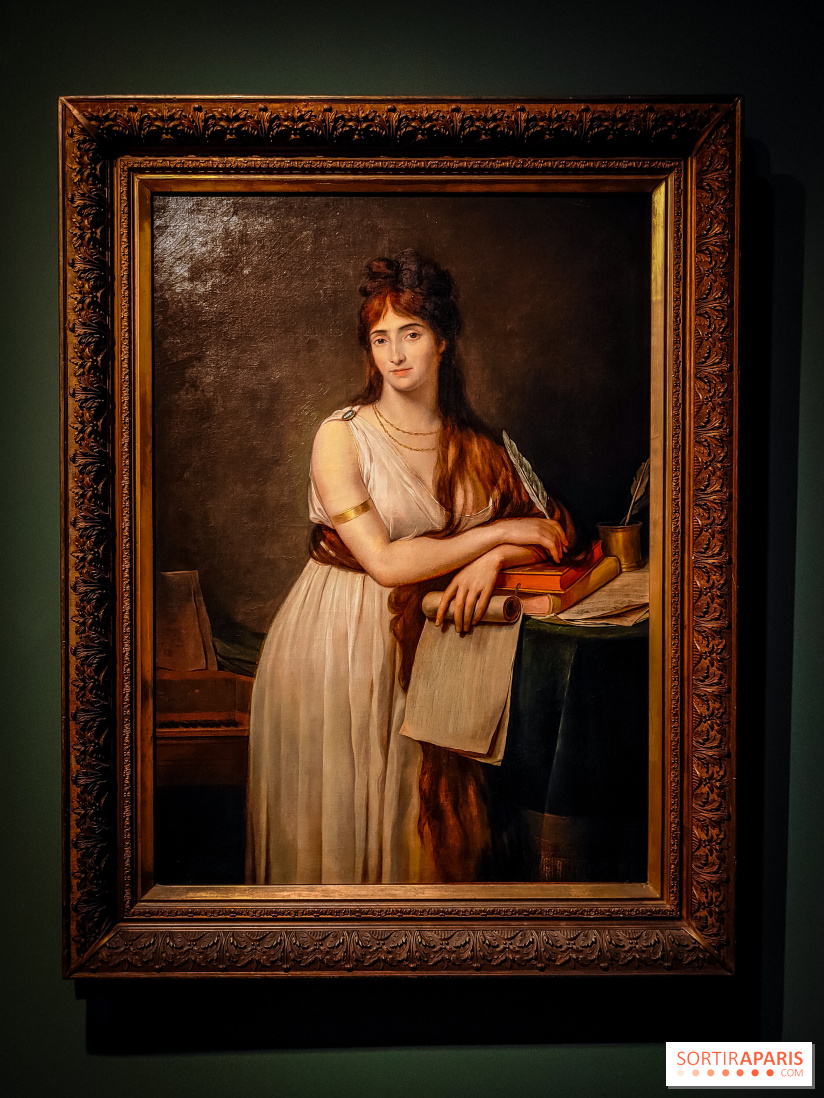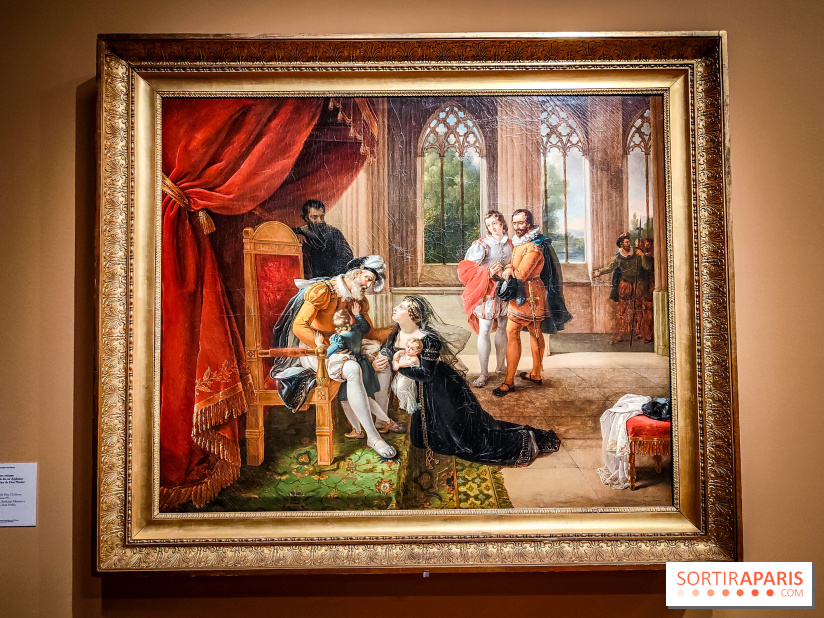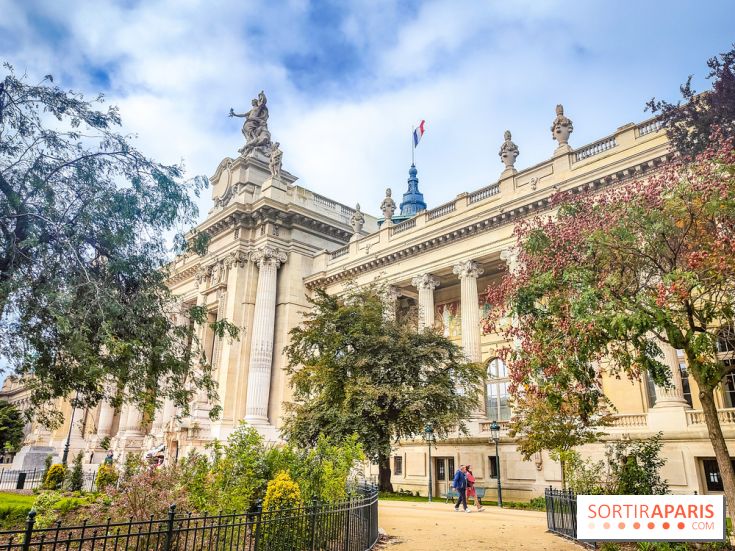A key artist in his own time, Guillon Lethière was quickly erased by an era of revolutions and changes, and is now back in the spotlight, thanks to a retrospective organized by the Musée du Louvre, from November 13, 2024 to February 17, 2025.
This exhibition, entitled Guillon Lethière, né à la Guadeloupe, recounts the exemplary career of a painter born to Marie-Françoise Dupepaye, a freed slave from Africa, and Pierre Guillon, a white Frenchman and royal prosecutor. Originally from Guadeloupe, Guillaume Guillon Lethière was officially recognized by his father when he was only 39. It was then that he could claim the Guillon name. In his artist's signature, he also calls himself "Lethière" - literally the third (he is his father's 3rd child). A signature that tells his complex story, at a time when freedoms are gained as quickly as they are lost.
The painter was trained in the classical arts, with an interest in history and ancient myths. A fervent defender of this neoclassical art, he refused to embrace the radical change imposed by the 19th-century Romantics, and was quickly eclipsed by these new genres. Nevertheless, Guillon Lethière enjoyed success and recognition: director of theAcadémie de France in Rome (1807-1816), member of theAcadémie des Beaux-Arts (elected in 1818), professor at the École des Beaux-Arts (appointed in 1819)...
Guillon Lethière was born in 1760, and died in 1832. During his lifetime, he witnessed nearly 10 different political regimes, and numerous pretenders to power. He was able to adapt to the many political changes, to maintain his order book and his reputation in the art world. An important figure of his time, Guillon Lethière also taught his art to young painters in private studios, opening his classes to women painters.
The exhibition presents the great achievements and important moments in the artist's life and career. His relationships, influences and legacy are represented in the various paintings on display. Most of the works on display are in the neoclassical style. The landscapes produced can be likened to historical landscapes. The painter rarely deviated from this trend, and the few artistic experiments presented are often linked to specific commissions.
The exhibition includes major works from the artist's career. The Musée du Louvre houses two monumental, eight-meter-long works, originally intended as part of a cycle of four paintings. Brutus and The Death of Virginia depict important episodes in ancient Roman history. Due to their size, these paintings are not included in the exhibition, but can be found in the museum's permanent collections.
The museum was also to present Le Serment des Ancêtres: a canvas completed in 1822, signed with the name "Lethière, né à la Guadeloupe", a direct reference to his personal history and beliefs. This monumental painting, the artist's most intimate, could not be exhibited in the end, due to the difficulties facing the country. However, an audio device reveals the secrets of this work.
The son of a slave woman, Guillon Lethière rarely tackled political subjects in his works. In 1802, France re-establishedslavery, and Haiti fought for its independence. As a sign of support, Guillon Lethière offered his painting to the Haitian people - one of the painter's most personal and famous works.
Come and discover Guillon Lethière and his exceptional works in this never-before-seen retrospective exhibition.
Dates and Opening Time
From November 13, 2024 to February 17, 2025
Location
Louvre Museum
musée du louvre
75001 Paris 1
Access
Metro Palais Royal - Musée du Louvre
Prices
Moins de 25 ans: Free
Plein tarif: €22
Official website
www.louvre.fr
